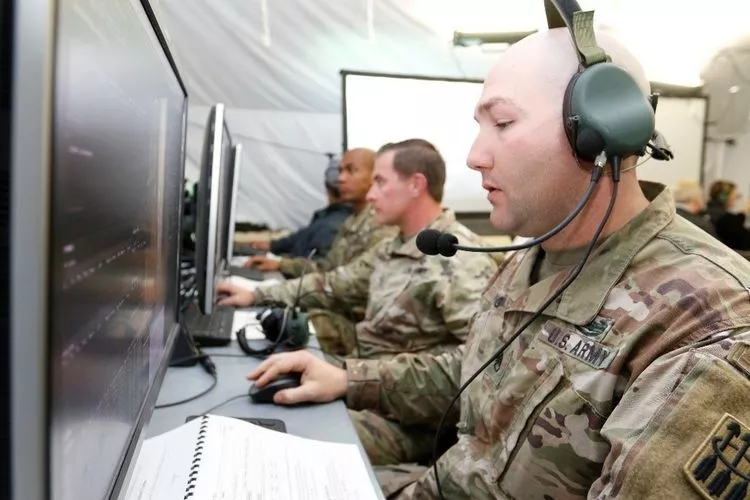A Northrop Grumman command and control system has successfully defended Washington DC and the National Capital Region in a simulated attack. The Integrated Battle Command System (IBCS) virtually proved itself against cruise missiles and hijacked aircraft.
Modern warfare has moved a long way from a commander sitting in the back of an open-top car with a map shouting orders down a field telephone. Today, field commanders sit at the center of a massive network of sensors, data processors, and communication lines that can span the globe and cyberspace as they make life and death decisions based on information that is increasingly being fed to them in real time.
One of the biggest challenges of such a system is when it has to handle not only the battlefield, but daily civilian air traffic. Tracking and analyzing military assets is one thing. Handling ordinary civilian aircraft that might be acting as cover for a cruise missile or a hijacked airliner and then countering that threat is another thing entirely.
As part of its program to modernize its air and missile defenses, the US Army is looking at how to adapt its IBCS to new missions, including the defense of high-value civilian targets as part of a homeland defense strategy.
In the recent test, IBCS carried out the first of two demonstrations using an open architecture that allowed the system to rapidly integrate Army and Air Force sensors and other assets, including the Sentinel radar, Avenger UAV, and National Advanced Surface-to-Air-Missile System (NASAMS). Working with the 263rd Air and Missile Defense Command and the Joint Track Management Capability, IBCS used the incoming sensor data to expand the defended area over the National Capital Region.
“IBCS is continuously showing its ability to unify all available sensors and shooters," said Rebecca Torzone, vice president and general manager, combat systems and mission readiness, Northrop Grumman. "Through the recent National Capital Region demonstrations, IBCS proved its capabilities in providing homeland defense against cruise missiles and other aerial threats. IBCS is ready now to take on the tomorrow's (sic) threats."
The video below outlines IBCS in action.
Source: Northrop Grumman





